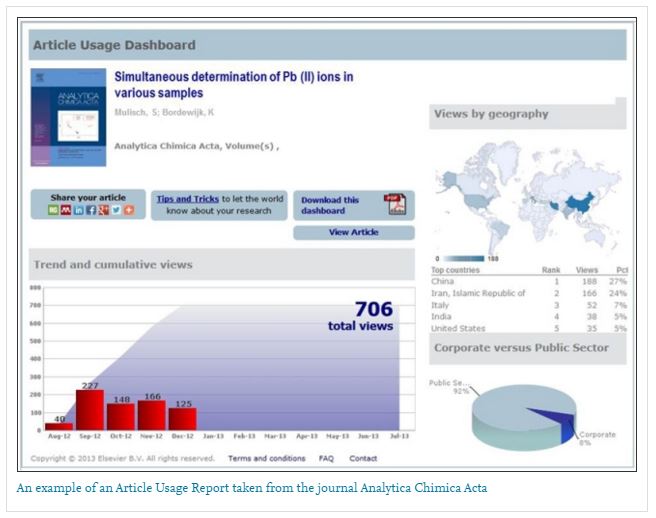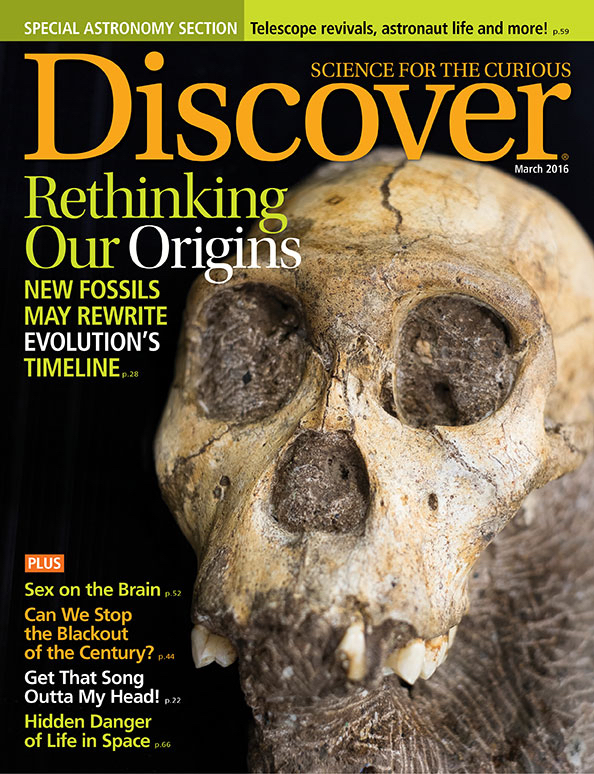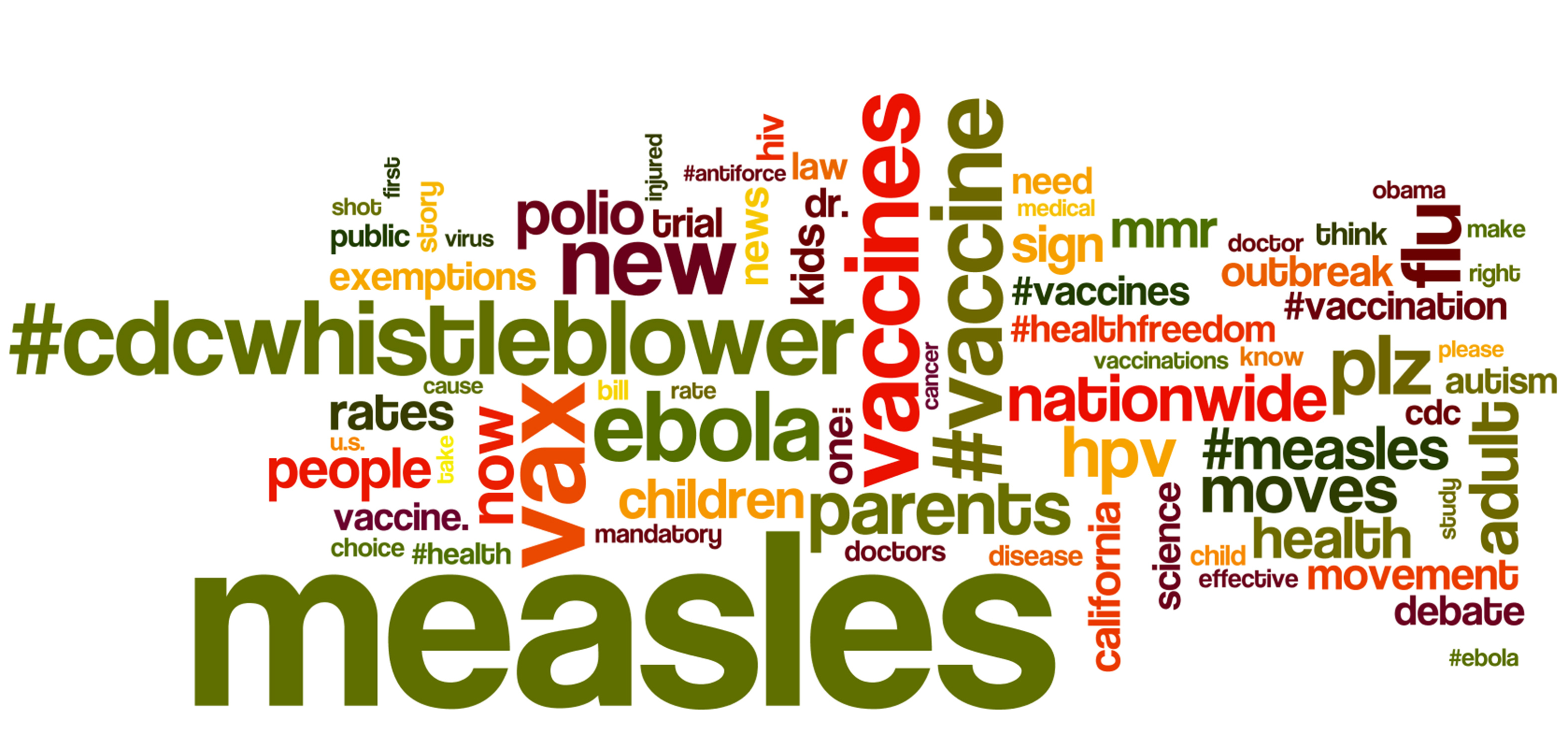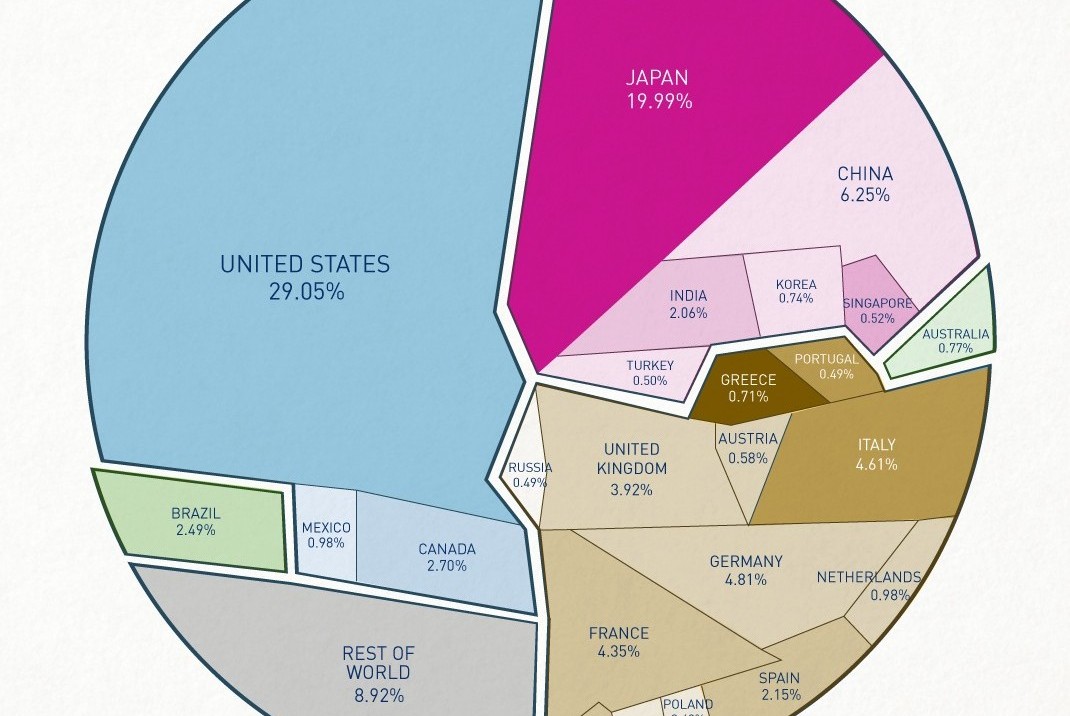Publishing a paper that no one will ever read is no fun. Instead, it is amazing to find out that someone across the world is reading and citing your work.
But how to know what has been going on with your research? How to be aware of the impact you are generating with your publications? What tools you should use to improve scientific communication? More than feeling good about other scientists interested in your work, it is important to understand the metrics you can use to improve your work repercussion. If your publications have a good repercussion, it means your work is relevant to the society. Scientists love to explore the world around us However. worrying about how other people can benefit from new findings is also part of the job.
More than feeling good about other scientists interested in your work, it is important to understand the metrics you can use to improve your work repercussion. If your publications have a good repercussion, it means your work is relevant to the society. Scientists love to explore the world around us However. worrying about how other people can benefit from new findings is also part of the job.
An easy way to keep track of your work repercussion is by using Scholar Google. At the tab My Citations, you can enable Google to update your publications and citations. This tool allows you to track papers individually so you know who is citing your work!
For something more detailed, check out for the Article Usage Report developed by Elsevier. At the Article Usage Dashboard, you can see how often your paper was accessed and by which countries. Not only, it helps you to promote your paper via social media channels.
Thinking outside the box, try reaching a wider public by promoting your work via other communication vehicles. It can be as simple as having a science blog or a facebook page to post your main findings.
Another good idea is to write for science magazines. Readers if these magazines are curious about the science world. Here are some example of these scientific magazines:
When the matter is communication, there are no limits. The more you use different communication channels, more people you reach and impact.
Challenge yourself to improve your communication skills and speak to different publics!

Subscribe to our newsletter
Exclusive high quality content about effective visual
communication in science.








